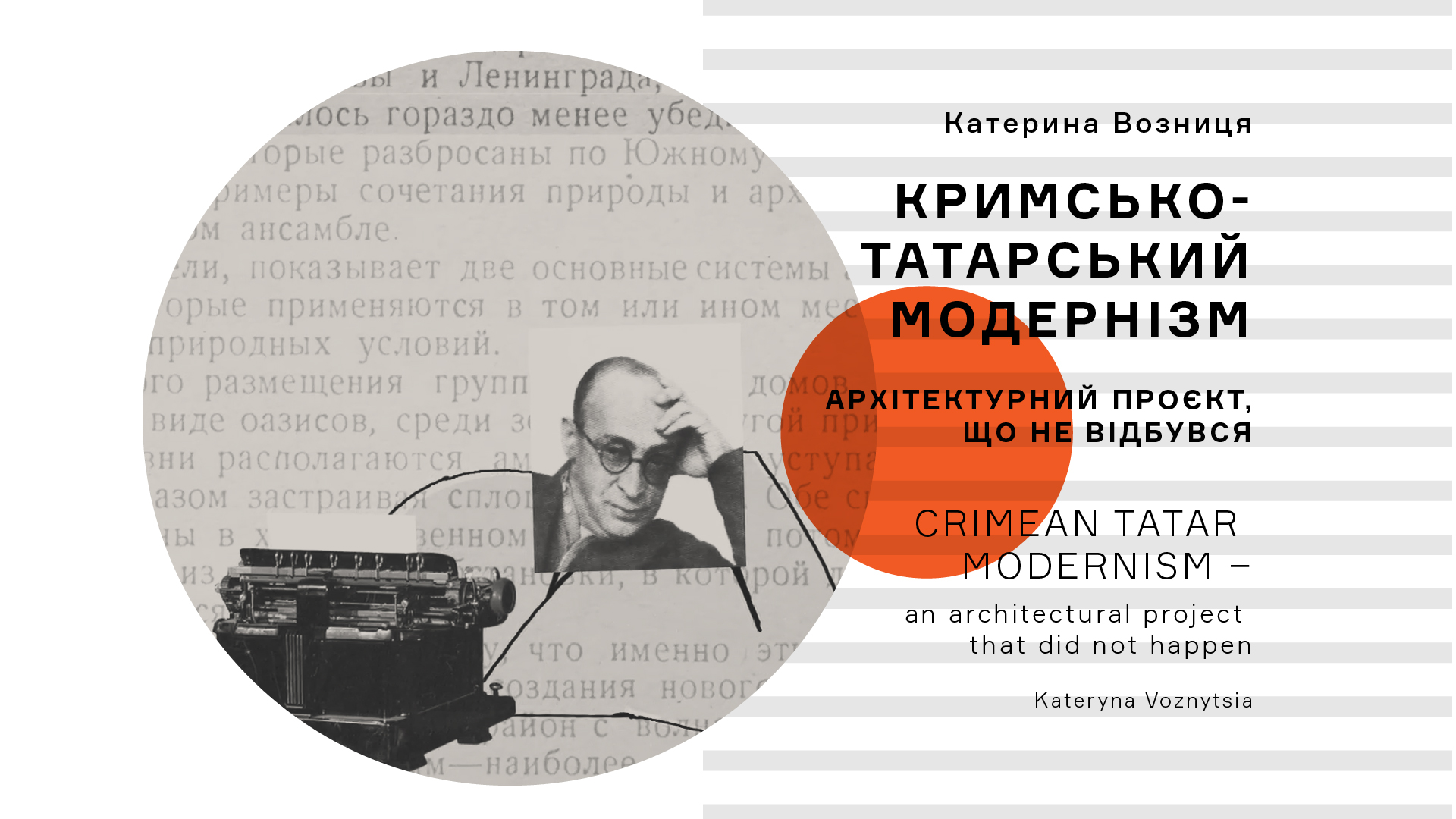In the Soviet Union, the first pioneer camps began to appear at Komsomol enterprises in the early 1920s. In 1925, the legendary Artek opened its doors on the southern coast of the Crimean peninsula. At that time, most camps consisted of tents and were temporary. The first wooden houses appeared in the Artek only in 1928. The architecture of children's camps in the USSR has evolved within the framework of broader shifts in ideas about the function and organization of recreation areas and the approach of government and architectural circles to the representation of the Soviet idea as a whole. They were additionally affected by the structuring of funding.
But there were also elements common for almost all camps, without which they could not perform the tasks assigned to them by the Communist Party. Thus, the standard camp was to consist of an administrative building, a kitchen with a canteen, dormitories for children, a toilet, a shower, a medical station, a sports ground, and a platform with a flagpole for the assemblies. To this minimum, over time and with proper funding, could be added a playroom, a place to organize children's clubs, Lenin's room, a library, a cinema, a concert hall or playground, a swimming pool and even a small zoo.
The architectural style of the camps evolved within the general trends common for the Soviet architectural process. Hence, in the very small number of camps left over from Stalin's rule, one can see the neoclassical and Empire styles. It should be noted, however, that they never reached the grand scale of the Soviet health resorts built at that time. Nonetheless, during Stalin's rule, funding for children's camps was a very low priority in public policy. Moreover, the very organization of this funding was quite inefficient. With the coming to power of Mykyta Khrushchev, the situation changed. This leader paid a lot of attention to young people and children. Under his rule, the system of financing the camps also changed, they largely became the responsibility of Soviet enterprises, and not exclusively of trade unions, as it was before. Already in 1958, a large-scale reconstruction of Artek (architect A. Polianskyi) was approved, which symbolized the modernization of power, its openness to the new, and special attention focused on children as the future of the country. Very characteristic in this sense is the architecture of the Morskyi complex, which combined the ideas of communist upbringing (the number of children in the room should have corresponded to the number of members of one "link" of the pioneer detachment, special attention was paid to places where detachments could gather and work on pioneer tasks) with modernist architectural solutions (functionality, minimization of the barrier between the internal space of the building and its environment, the use of pre-prepared elements in the structure).
Since the mid-1960s, architecture and the organization of the space of pioneer camps in general have increasingly moved towards improvement of the comfort of children. Thus, in the camp named after Zaslonov (now Mriia, Yevpatoria, 1960) Southern Railway rooms were already designed not for six pioneers, members of one link, as in the Morskyi, but for four, which provided a higher level of privacy and comfort. Special attention was also paid to the camp area. During the construction of the camp named after Zaslonov there was specially brought chernozem to cultivate plants that could not survive on local soil. In parallel with these processes, the government's demands for an ideological component in the upbringing of children are growing. At Khrushchev's initiative, for example, elements of agricultural labor were introduced into the educational program of the camps, which corresponded to the Soviet leader's new educational strategy aimed at training, above all, industrial workers, collective farmers, and engineers. During the rule of Leonid Brezhnev, this course changed and instead the emphasis on military training increased. In architectural solutions, ideologisation was reflected in experiments using silhouettes and the organization of the space of buildings to immerse children in environments that would show ideological messages through architectural means of expression. This way we can characterize the complex Zorianyi of the camp Moloda Hvardiia (1972), built in the shape of a ship.
When considering Soviet pioneer camps, however, it is important to remember that the examples described above were rather the exception than the rule. Building and maintaining of these complexes, often located away from residential areas with proper infrastructure, was extremely expensive. Because of this, most of the camps were still simple wooden structures, where architectural style, or such luxury as sewers, or pools, or concert halls were out of the question.
The children's experience in the pioneer camp depended on many factors. For example, in the late Soviet era, children who had the luxury of having a separate room in an apartment felt very uncomfortable when they found themselves in a dormitory where they had to share space with five and sometimes seven peers. The lack of access to the shower and toilet in the buildings, typical to most of camps, created additional inconveniences, especially at night. Educational work in the camps was also a challenge. The camp schedule was usually aimed at ensuring that children spent minimal time alone. Some enjoyed such an organization of leisure, because it was not necessary to think up how to spend free time. For others, the inability to be on their own and choose their own activities during the day were a real challenge. Much also depended on the pioneer leaders, who could make the camp routine interesting, could be attentive to the needs of children; but could also be insensitive and sometimes aggressive. In general, it is difficult to talk about a unified camp experience other than living in a very limited personal space, outside the city and without parents.
Soviet children's camps were an integral and organic part of the social services system characteristic of the socialist system. Their funding came largely from enterprises that were to build such facilities at the request of the state. Children's camps were a symbol of Soviet concern for the people, and since it was as an element of the system most of them ceased to function after the collapse of the USSR. Ensuring the functioning of the camps required significant constant investment, which was impossible in a market neoliberal economy. Currently, children's camps are gradually being revived in Ukraine, already in a new form and based on a new economic model. They have become more mobile, compact, and pay more attention to the needs of a child as opposed to the requirements of the state.
But does a child feel like a full-fledged person who has the right to personal space, freedom of expression, and ultimately – to life?

































